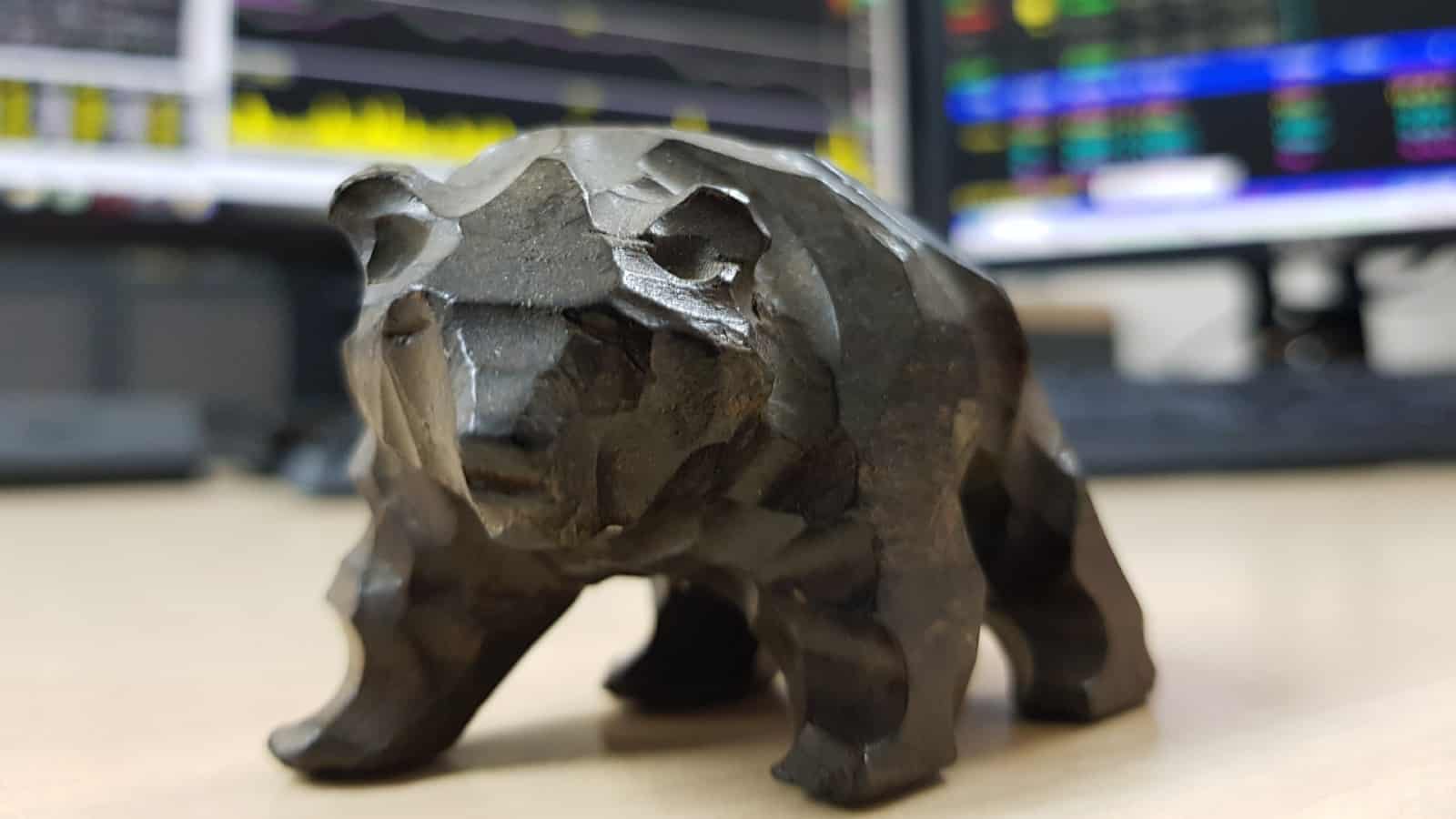A stock market correction is when a major index drops between 10% and 20% from a recent high. Anything above 20% is usually labelled a market crash.
The London Stock Exchange has experienced many crashes and dozens of corrections over the last century. For investors, they’re an unavoidable part of the journey. But the great thing is that they have always proved temporary, meaning that bargains can be had when fear takes over.
Currently, the FTSE 100 is around 4.5% below the record high it set in February, which doesn’t constitute an official correction. But that doesn’t stop me preparing my Stocks and Shares ISA for one this year. After all, it would only take another lurch downwards to mean we’ve entered correction territory.
The correct mindset
When pessimism rises, share prices go south, causing investors to become ever more anxious. This then causes more selling and further falls. This negative feedback loop is the reason why the market, despite its long-term upwards trajectory, can occasionally plunge so rapidly.
Or as David Gardner, co-founder of The Motley Fool, succinctly puts it: “Stocks always go down faster than they go up, but they always go up more than they go down“.
The upshot for me as a Foolish long-term investor is that I don’t have to follow the crowd and sell. In fact, I can adopt the mindset of Warren Buffett, who famously advises investors “to be fearful when others are greedy and to be greedy when others are fearful“.
That is, I’m best to snap up the shares of fantastic companies from panicking investors who are selling at fear-driven prices. That’s why corrections offer a perfect time to go bargain-hunting.
My ISA is prepared
Now, taking on debt to invest is never advisable, in my view, as it can magnify potential losses. Plus, I’d have to pay interest back, and much more of it than just a few years ago during the era of cheap money.
Therefore, it’s best to have some cash on my ISA balance, ready to exploit any opportunities that a correction might throw my way.
While this sounds obvious, it’s actually something I struggled with when I first started investing. I wanted to be ‘all-in’ to fully maximise my potential returns. And, truth be told, I also had FOMO (fear of missing out).
However, I learnt that it was worse to not have any money ready to use in market downturns. My FOMO then was extreme, and for good reason.
Targeting sectors
So what would I buy during a correction? Well, I’d target sectors or companies that are already out of favour, as additional negative sentiment would likely compound their cheapness.
I’m thinking housebuilders and mining stocks here, though I’d need to carefully scrutinise each company on a case-by-case basis. Often, scratching under the surface reveals that some shares are cheap for a very good reason.
I’d also consider investment trusts, whose shares have reached discounts to underlying asset values not seen since the 2008 financial crisis. Many are already trading at 20%, 30%, or even 40% discounts today. Even though it doesn’t appear that the financial system is about to implode!
If a correction widened those gaps even further, there could be generational investment opportunities hiding in plain sight.








